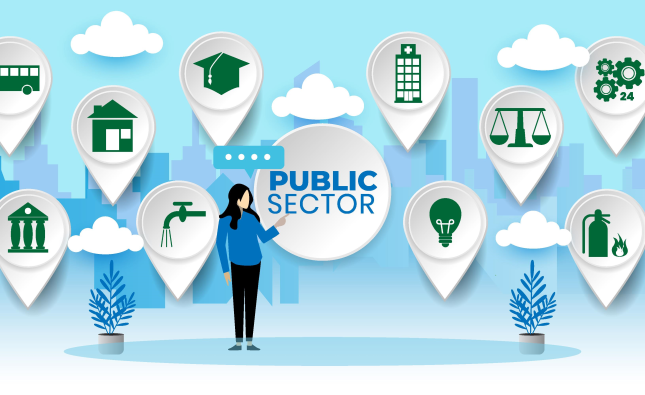
Are you curious about the nationwide movement towards marijuana legalization? With more and more states legalizing cannabis for both medicinal and recreational use, it can be difficult to keep up with the latest developments. While some view these efforts as a positive step towards greater individual freedom and economic growth, others argue that they pose serious risks to public health and safety. In this blog post, we’ll explore the pros and cons of state-by-state marijuana legalization efforts, uncovering what’s driving this trend and what challenges lie ahead. So grab a cup of coffee or tea (or whatever your preferred beverage may be) – let’s dive in!
The Pros of State-by-State Marijuana Legalization Efforts
There are several potential advantages to state-by-state marijuana legalization efforts, as opposed to a more national approach. One is that it could allow for more experimentation and tailoring of regulations to best fit the needs of each state. Additionally, it could help ease tensions between states with different approaches to cannabis laws, and create a more cohesive national policy over time. Finally, it could also help build support for further nationwide legalization efforts by showing that cannabis can be successfully regulated at the state level.
The Cons of State-by-State Marijuana Legalization Efforts
The debate over the legalization of marijuana is one that has been happening for many years now, and it doesn’t seem like it’s going to end anytime soon. There are pros and cons to both sides of the argument, but one of the biggest problems with state-by-state legalization efforts is that it creates a patchwork system that can be confusing and difficult to navigate.
For example, let’s say you live in a state where marijuana is legal. You can buy it, use it, and possess it without any problem. But what happens if you cross into another state where it’s still illegal? Suddenly, you’re breaking the law and could face serious penalties.
This confusion can lead to people accidentally breaking the law and getting into trouble, which defeats the purpose of legalizing marijuana in the first place. It also makes it difficult for businesses to operate in multiple states when laws vary so much from one place to another. Until there is some sort of federal legalization or at least uniformity among states, these problems are likely to continue.
How different states are approaching legalization
The Pros and Cons of State-by-State Marijuana Legalization Efforts
How different states are approaching legalization:
While some U.S. states have fully legalized marijuana, others have taken a more cautious approach, decriminalizing the drug or legalizing only its medical use. Here is a look at how different states are approaching the legalization of marijuana:
California was the first state to legalize medical marijuana in 1996. In 2016, California voters approved Proposition 64, which legalized recreational marijuana use for adults 21 and older. California’s legal marijuana market is expected to generate $5 billion in 2019.
Colorado was one of the first states to fully legalize marijuana, doing so in 2012. Colorado’s legal marijuana market was worth an estimated $1.8 billion in 2018 and is projected to grow to $2.5 billion by 2020. The state has seen a decrease in youth marijuana use since legalization and an increase in tax revenue from cannabis sales that has been used to fund schools and other programs.
Washington state legalized recreational marijuana use in 2012. The state’s legal cannabis market was valued at $1.3 billion in 2018 and is projected to reach $2 billion by 2020. Washington has used some of its tax revenue from cannabis sales to fund programs aimed at reducing youth substance abuse and increasing access to treatment for people with opioid addiction.
Oregon legalized recreational marijuana use in 2014. The state’s legal cannabis market was worth an estimated $
The future of marijuana legalization
The future of marijuana legalization is uncertain. While some states have legalized the use of marijuana, others have not. The federal government has not legalized the use of marijuana, and it is unclear what the Trump Administration will do about state-level legalization efforts. Some believe that the Trump Administration will crack down on states that have legalized marijuana, while others believe that the Administration will allow states to continue to legalize marijuana.
Conclusion
Marijuana legalization efforts across the United States have raised many important questions about the implications of allowing different states to decide on their own marijuana laws. While there are clear pro-legalization arguments, such as increased tax revenue and a decrease in drug-related crimes, there are also drawbacks that must be considered. Ultimately, it is up to each state to assess its individual needs and determine whether or not legalizing marijuana would be beneficial. The potential advantages and disadvantages should both be taken into account before making any final decisions.









